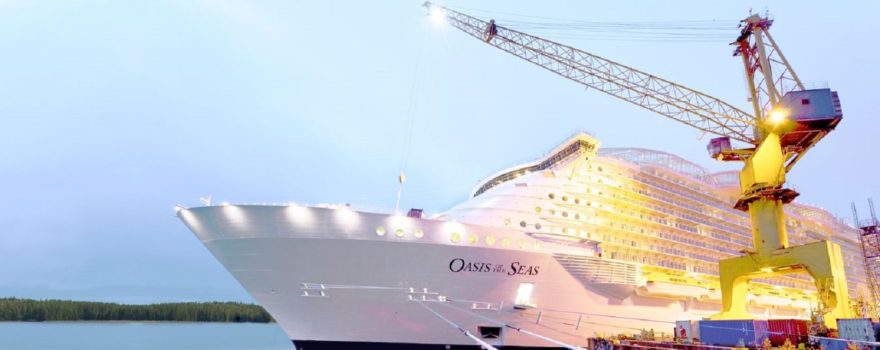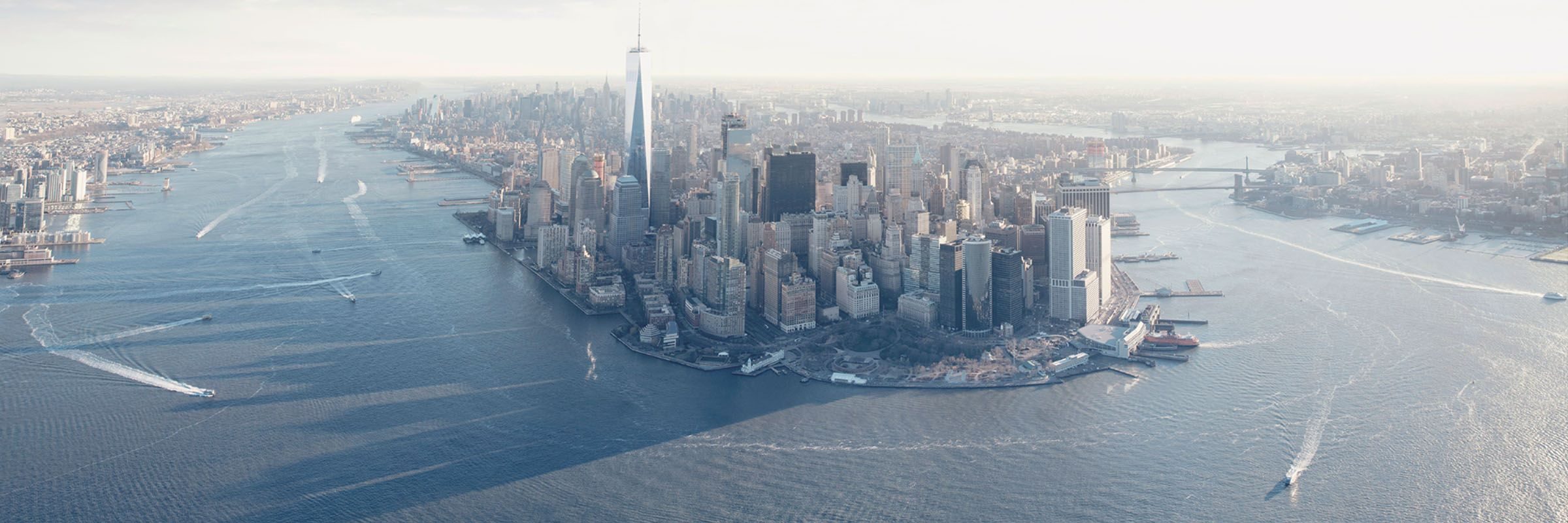
The need for smarter energy strategies will make it easier to introduce Industry 4.0 technologies
The next ten years are a period of critical growth for the marine and shipbuilding sectors. Everybody is working flat-out to meet the demands of the market. At the same time, pressure is mounting on the industry to improve energy efficiency. Emissions reductions and cost reductions will be major drivers for Marine 4.0.
The International Maritime Organization (IMO) aims to reduce the average carbon intensity (CO2 emissions per transport work) by 40% in 2030 and 70% in 2050 compared to 2008 levels. The IMO also aims to reduce total GHG (Green House Gas) emissions from shipping by at least 50% in 2050 compared to 2008.
Analysis of Industry 4.0 investments by experts at McKinsey points to significant potential cost reductions. Industries that invest in digitalization could reduce their operational costs by 3.6% on average and improve efficiency by 4.1%.
McKinsey also estimates that productivity increases of 3-5% are possible through investment in the Internet of Things, smart energy consumption, and remote monitoring and control. Predictive maintenance and virtually guided self-servicing could also reduce maintenance costs by 10% to 40%.
The marine innovation challenge
The case for Industry 4.0 may be well established; but plans for Marine 4.0 and Shipbuilding 4.0 are less advanced. For organizations already using high levels of automation, Industry 4.0 and digitalization of operations can be a relatively small step. In sectors where investments are larger and their life cycles significantly longer and more challenging, it’s a different story.
Innovation in marine engineering and shipbuilding is not like other sectors. The unique challenges that face operations at sea mean there will be significant differences. The digitalization strategies and the type of technical partnerships will be different because the barriers to adoption are greater.
It is not just that any solution must survive the demands of a working life at sea. The opportunities for innovative solutions to enter the product life cycle are fewer and the timescales tighter.
In some cases, when shipbuilders produce new models, they then spend several years simply replicating their initial design. The moment for innovation is often limited to the first prototype. Stretched-for-time engineering departments often need more specialist technical support and more collaborative partnerships with suppliers, particularly for digital solutions that are not part of the core engineering resources.
There are lessons to be learned from other sectors, however. The way building management, for example, has benefited from Industry 4.0 and IoT advances shows how small advances can have a significant impact.
Thinking small to advance
With data-gathering and networking, smart buildings can monitor costs and consumption for individual rooms. A thousand-passenger cruise ship requires a power generation system on the order of 50 megawatts -– enough to supply a town of 50.000 inhabitants. This requires high levels of granularity for the metering to understand the impact on the ship’s overall fuel consumption.
In merchant ships, although it is obvious that refrigerated containers cost more to ship than other containers since they draw a lot of energy, in practice, the costs are distributed uniformly across all the containers onboard. With the right distributed metering and connectivity onboard, a reefer ship will be able to determine its energy demands and allocate its costs more accurately. Better cargo tariffs could be defined for different routes, charging a premium, for example, for travel near the equator where cooling costs are higher.
The focus so far has been on the bigger challenges, but attitudes are changing. In naval circles, the energy systems on board a ship are increasingly considered to be mission-critical.
Some marine operators and shipbuilders are also looking further down the chain for Industry 4.0 opportunities in electrification and low-voltage power. In the face of the emissions challenge, every major operator must renovate their fleet; many have decided that retrofitting existing fleets is the best strategy.
We know the concept of smart electrical distribution based on smart devices with connectivity is an area many would like to explore more. We believe it is a good place to start. We have retrofit solutions that make it simpler to trial and an innovation center where we work directly with customers to quickly develop –- and validate –- solutions that are right for their vessels. For any company looking for support in Marine 4.0 electrification, our door is open.

